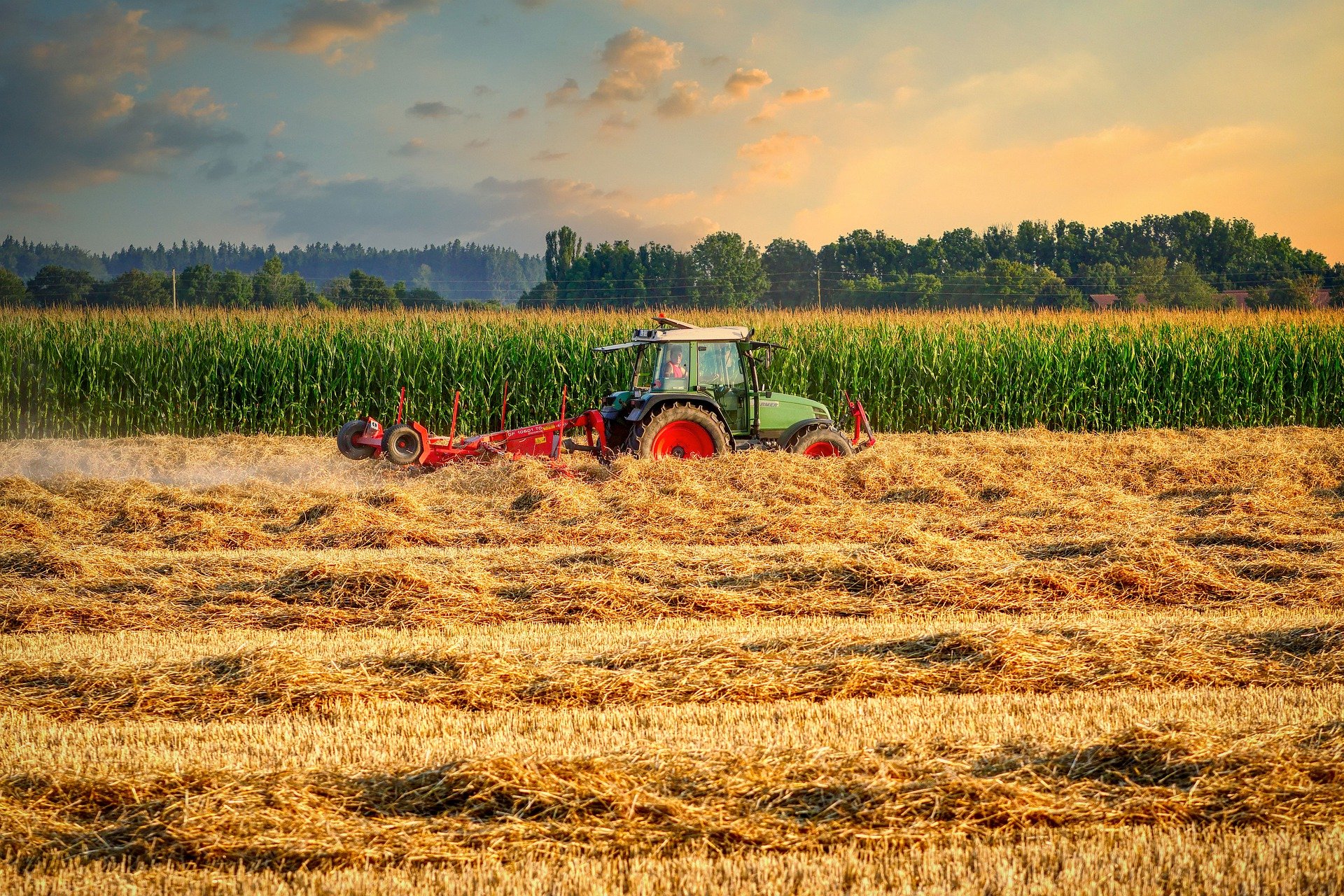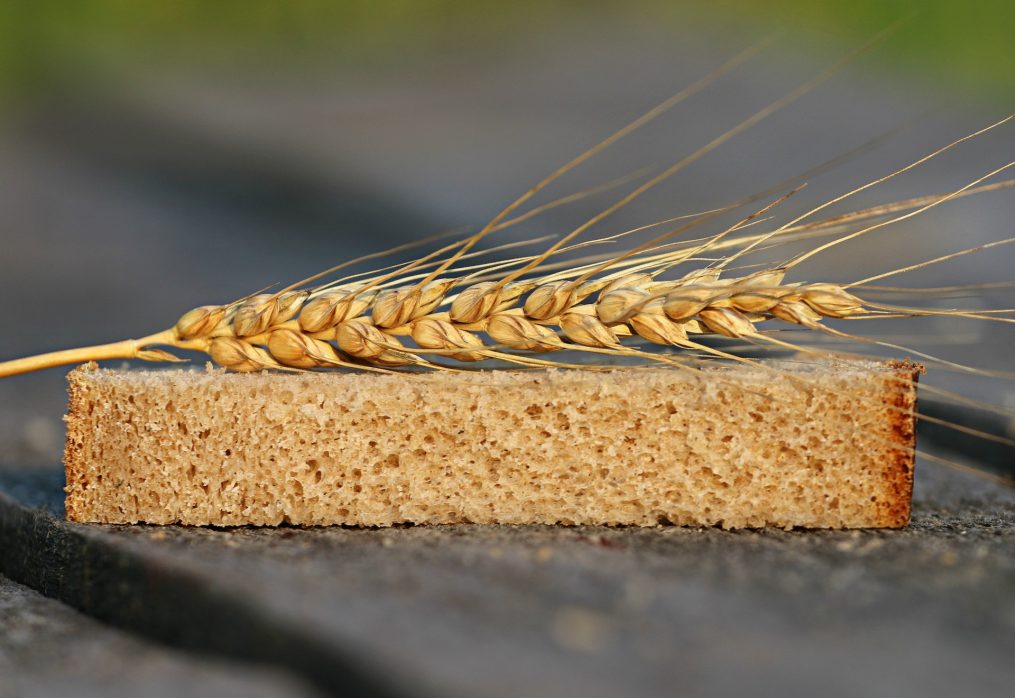Analysts changed crop forecast for the European Union and Australia
Wheat and barley crop forecast for the current and next seasons
The European Commission revised its wheat crop forecast for the 2021/2022 season. According to the new data, the volume of residues will decrease compared to previous expectations, but the production will increase to 126.2 million tons. Previously it was 124.8 million tons. This represents a 6.5% increase compared to 117.2 million tons for 2020/2021.
The forecast for soft wheat for the coming period has remained unchanged since the last estimate — 30 million tons. The current season harvest was 27 million tons. Forecast for the remainder of the grain increased, the reason for which was the increase in forage consumption of the crop
Residual volumes of soft wheat for the next season are estimated at the level of 10.8 million tons, previously the forecast was 11.4 million tons. The change was due to increased demand for grain, which led to a decrease.
As for the forecast for barley in 2021/22, it was reduced by 1.5 million tons and will amount to about 54.5 million tons. Corn production will be at 71 million tons.
Corn imports to the European Union decreased by 1 million, and will be the same as the current period’s 15 million tons. Increase of demand for wheat resulted in decrease of demand for maize in the world market. This trend will continue in this season and in the future. Analysts expect rapeseed production at the level of almost 17 million tons, and import supplies will amount to about 6 million tons.
Analysts expect rapeseed production at the level of almost 17 million tons, and import supplies will amount to about 6 million tons.
Australia also revised its wheat crop forecast, which increased by 11.2%. The reason for the increase in volume was the rains that occurred in the three main agricultural regions of the country. Thanks to this, farmers expect a high harvest. Next season, wheat production is expected to reach 27.8 million tons.
On the one hand, the large amount of rain had a positive impact on the cultivation of crops, but on the other hand, it led to a «mouse plague». Good yields contributed to an increase in the number of mice, which destroyed part of the crops. However, experts note that the cold snap has reduced rodent activity.
Australia is one of the largest producers of wheat in the world market, its main buyers are considered the countries of the Middle East and Asia. Favorable forecasts for the future harvest have reduced importers’ concerns, and prices have stabilized. In the spring of this year, wheat futures reached the highest values since 2013, but then they went down.
In addition to wheat, Australian farmers expect high production of barley and rapeseed, forecasts for these crops increased by an average of 2 million tons.
